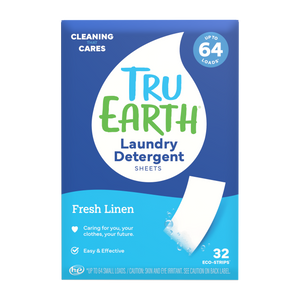Brass, with its enchanting golden allure, has the power to elevate the aesthetics of our living spaces. Over time, however, this exquisite alloy can lose its shine due to natural oxidation.
The process of cleaning brass is not a cumbersome chore but a satisfying venture. Let's explore a step-by-step guide to revive the radiance of your brass items without navigating intricate methods!

The Natural Evolution of Brass
Brass is a mix of copper and zinc, and it has a lovely golden shine that makes our homes look beautiful. But, over time, this special metal goes through a natural change called tarnishing. It's important to know why tarnishing happens so we can clean it properly.
- Oxidation Dance: Brass's primary adversary is the dance it performs with oxygen. When brass is exposed to air, a chemical reaction takes place, leading to oxidation. This results in the formation of a thin layer of tarnish on the surface.
- Moisture's Role: Moisture is a key player in the tarnishing drama. The presence of humidity or direct contact with water accelerates the oxidation process, expediting the formation of tarnish on the brass.
- Pollutants in the Atmosphere: The air we breathe is not always pristine. Pollutants and contaminants present in the atmosphere can settle on the surface of brass items, contributing to tarnishing. These contaminants may include dust, dirt, and other airborne particles.
- Hands-On Impact: The hands that touch brass items can either preserve or expedite tarnishing. Oily or dirty hands transfer substances onto the brass, creating a conducive environment for tarnish to develop.
- Chemical Reactions: The composition of brass, being a combination of metals, makes it susceptible to chemical reactions. Exposure to certain chemicals, whether from cleaning agents or environmental sources, can instigate tarnishing.
Crafting a Mild Cleaning Solution
Create a solution by combining equal parts white vinegar and water or lemon juice and baking soda. These mild acidic mixtures effectively break down tarnish without causing harm to the brass. Ensure your cloth or sponge is damp but not overly saturated.
The Art of Polishing: Resurrecting the Brilliance
With your damp cloth or sponge, delicately rub the brass surface, paying special attention to tarnished areas. Utilize a circular motion to avoid streaks, allowing the cleaning solution to work its magic.
Witness the tarnish lifting, revealing the glorious brass underneath. Exercise caution against using abrasive materials or excessive force, given brass's relatively soft nature.
Cleaning Detailed Brass Items
For brass pieces with intricate designs or hard-to-reach places, introduce a soft-bristled toothbrush to the process. Dip the toothbrush into the cleaning solution and gently scrub these detailed areas.
The soft bristles ensure a thorough cleaning without risking damage. This focused approach is particularly beneficial for cleaning brass fixtures, candle holders, or ornamental items.
Rinse and Dry: Bid Farewell to Residue
Once you've achieved the desired cleanliness, rinse the brass item under lukewarm water. Ensure all traces of the cleaning solution are eliminated, preventing potential tarnishing.
Following the rinse, use a clean, dry cloth to pat the brass item entirely dry. This step is essential to ward off new tarnish caused by lingering moisture.
Polish to Perfection: Embracing Brass Polish
For an added layer of brilliance and protection, consider incorporating commercial brass polish into your routine. Apply a small amount to a clean, soft cloth and buff the brass surface using circular motions.
Brass polish not only enhances luster but often includes protective agents that can delay tarnishing. Exercise moderation, as excessive polishing can strip away the protective patina.
Tips for Long-Term Brass Care
Maintaining the glow of your brass items requires a strategic approach. Avoid placing brass in humid environments or exposing it to prolonged sunlight, as both can accelerate tarnishing.
Regular dusting with a soft, dry cloth acts as a preventive measure. Additionally, for items that won't be handled frequently, consider applying a thin layer of clear lacquer to create a protective barrier against oxidation.

Final Thoughts on Brass Maintenance
Cleaning brass is not a tedious chore but an artful pursuit that unveils the brilliance of this timeless metal. By unraveling the science behind brass tarnishing, adopting gentle cleaning solutions, and incorporating meticulous polishing techniques, you can preserve the luminosity of your brass possessions for years to come.
Embrace brass maintenance and let the timeless warmth of this metal continue to adorn your home with elegance.

